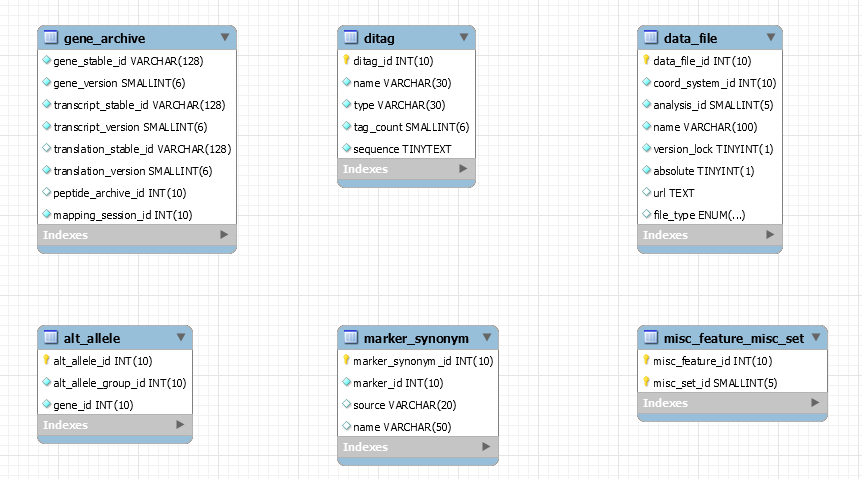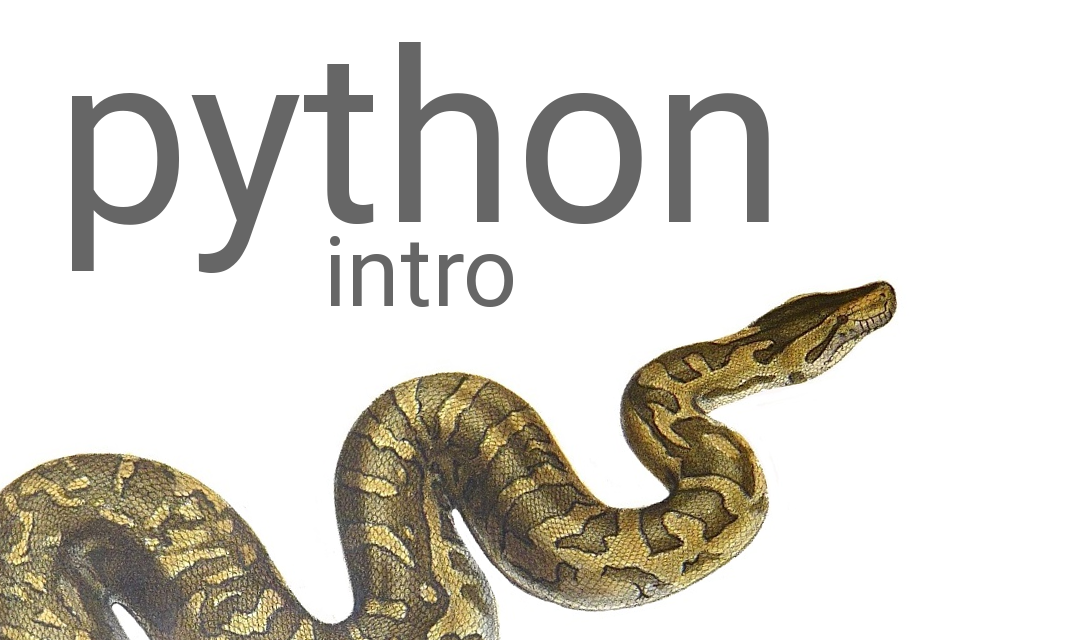
This course will introduce the basics of relational data modeling, querying data with SQL and how to interact with remote databases or public data repositories. Relational databases and SQL are technologies that may appear as "old fashioned", certainly if you heard about all the cool stuff that NoSQL technologies do. This course will show that the core concepts are still alive and used in surprising new situations that will help you during your research career. For instance, a tailored version of SQL called SPARQL enables to query and merge datasets together in a linked data repository. Another possibility is to use SQL with HADOOP or SPARK to conduct computing intensive analyses. These recent applications of SQL make it a valuable, and easy as we will see, language to learn and apply in all kind of situations that you will encounter when conducting research with data.
Note for those who followed the Research Data Management workshop at Utrecht University: this course will teach you how to draw "multi-level data models" (Section 1.2 of the workshop), and query relational or linked data.

This course will introduce the basics of relational data modeling, querying data with SQL and how to interact with remote databases or public data repositories. Relational databases and SQL are technologies that may appear as "old fashioned", certainly if you heard about all the cool stuff that NoSQL technologies do. This course will show that the core concepts are still alive and used in surprising new situations that will help you during your research career. For instance, a tailored version of SQL called SPARQL enables to query and merge datasets together in a linked data repository. Another possibility is to use SQL with HADOOP or SPARK to conduct computing intensive analyses. These recent applications of SQL make it a valuable, and easy as we will see, language to learn and apply in all kind of situations that you will encounter when conducting research with data.
Note for those who followed the Research Data Management workshop at Utrecht University: this course will teach you how to draw "multi-level data models" (Section 1.2 of the workshop), and query relational or linked data.
Primer introduction to R

Course goals
| We aim to provide knowledge into creating publishable R code and graphics. At the end of the course, students should be able to have a deep understanding of: the data and package structures of R, ggplot graphics (out of the box and custom), and create an automatically generated document of a (simple) analysis. |
Content
| Many researchers will need to apply statistical analysis in their work. Often, the R statistical language is chosen, since it is well established, free, and has many packages available for different tasks. If you want to be able to use the more powerful features of R, create visually attractive figures with ggplot, write concise and organized code that you can share with others, create automatically generated reports. This course gives you the knowledge to follow one of the subsequent courses of statistical analysis for omics technologies, and linear models with R. |
Prerequisite knowledge
| The ‘Introduction to R’ course, or similar knowledge. |

Introduction to Python. We will teach you the basics of programming and one of the most popular programming languages, Python!

This points to an external course for getting to know R
This is the introductory course for Python for Beginners. Please start here if you have no experience coding in Python. This course is self-paced; you can proceed through the course, but need to complete each unit before moving on to the next unit.
Please note: This is not an official UBC elearning course (yet). Use this course to get the basics or to repair holes in your knowledge.